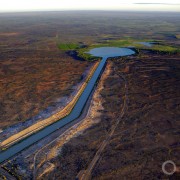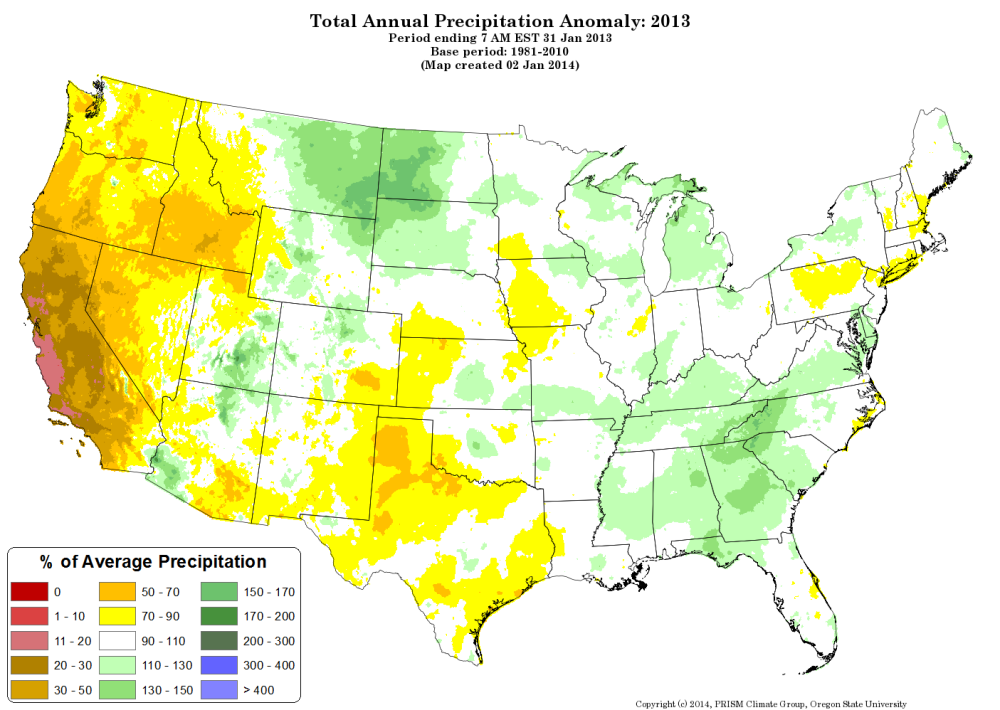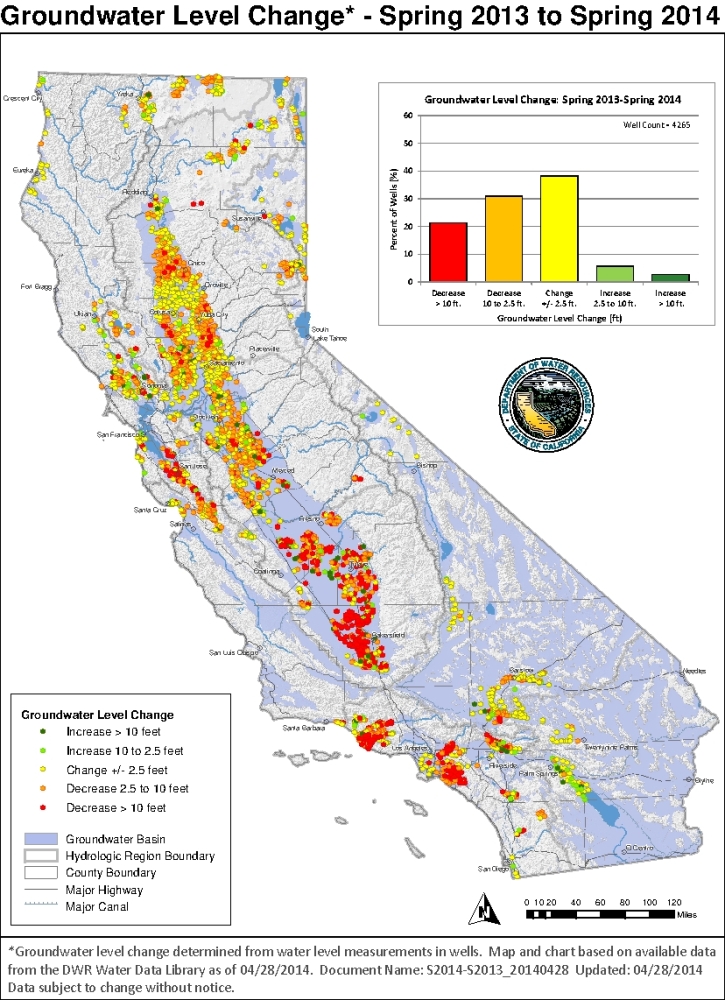U.S. State Water Plans Are Ready for Review
A year of water planning reaches the halfway point.
Three U.S. states with anticipated water supply deficits in the coming decades reached milestones in July in their deliberations on how to meet the demands of cities, farmers, and industries.
Arkansas and Kansas submitted draft water plans last week for public review. Later this month Colorado’s nine river basins will submit individual plans that will be assessed by state officials and aggregated into a document that establishes statewide goals and priorities.
The trio reflects a national trend. More than one dozen states are developing new water plans this year or considering an update. Several years of drought and diminishing water supplies forced states from coast to coast to reevaluate their resources.
Some states are required by law to update their plans periodically. Other plans were ordered by the highest authorities. Governors in both Colorado and Kansas asked for assessments that look 50 years into the future. Governor Sam Brownback called the Kansas process a “water vision.”
A few plans have already been published. California, for example, released its five-year update in January. Coupled with a record drought, the plan’s goals – including better management of depleted groundwater sources – influenced Governor Jerry Brown’s budget and several bills introduced in the legislature.
Similar concerns top the agenda in Arkansas and Kansas. Both states seek to arrest a precipitous drop in the water table that will be calamitous to local farm economies if not soon addressed.
The amount of water stored in Arkansas’s alluvial aquifer, located next to the Mississippi River, has dropped by one-quarter since 1970 because of irrigated agriculture. State officials want to shift farmers from groundwater to surface water by building two big canal and reservoir projects costing more than $US 1.3 billion combined.
In Kansas, the primary concern is the Ogallala Aquifer, which unlike Arkansas’s alluvial aquifer, is a finite source because of the relative lack of rain on the High Plains.
Kansas officials held a series of listening sessions around the state this week to gauge public opinion on the draft, which is less fully formed than other draft plans. Kansans have a menu of options, divided into short-term, mid-term, and long-term, to consider.
One criticism of the Kansas plan is that the water conservation goals are not strong enough, asking for a 20 percent reduction in water use statewide by 2065. A group of farmers in Sheridan County that rely on the Ogallala achieved that level of savings in last year as part of a five-year water conservation experiment. Others say that different areas of the state should be held to different standards depending on their uses.
Colorado’s draft plan, meanwhile, is not due until December. The submission of the basin plans this month is an important intermediate step, but the end result is still a mystery.
“Nobody knows exactly what this is going to look like,” George Sibley, a member of the Gunnison basin roundtable, which will write the plan for its basin, told Circle of Blue.
Sibley, a longtime observer of water politics in Colorado, said that cities along the high-growth Front Range will likely look to agriculture and to the rivers flowing west out of the Rocky Mountains for new supplies – two of the chief sources of tension in Colorado water politics today.
Brett writes about agriculture, energy, infrastructure, and the politics and economics of water in the United States. He also writes the Federal Water Tap, Circle of Blue’s weekly digest of U.S. government water news. He is the winner of two Society of Environmental Journalists reporting awards, one of the top honors in American environmental journalism: first place for explanatory reporting for a series on septic system pollution in the United States(2016) and third place for beat reporting in a small market (2014). He received the Sierra Club’s Distinguished Service Award in 2018. Brett lives in Seattle, where he hikes the mountains and bakes pies. Contact Brett Walton










Leave a Reply
Want to join the discussion?Feel free to contribute!